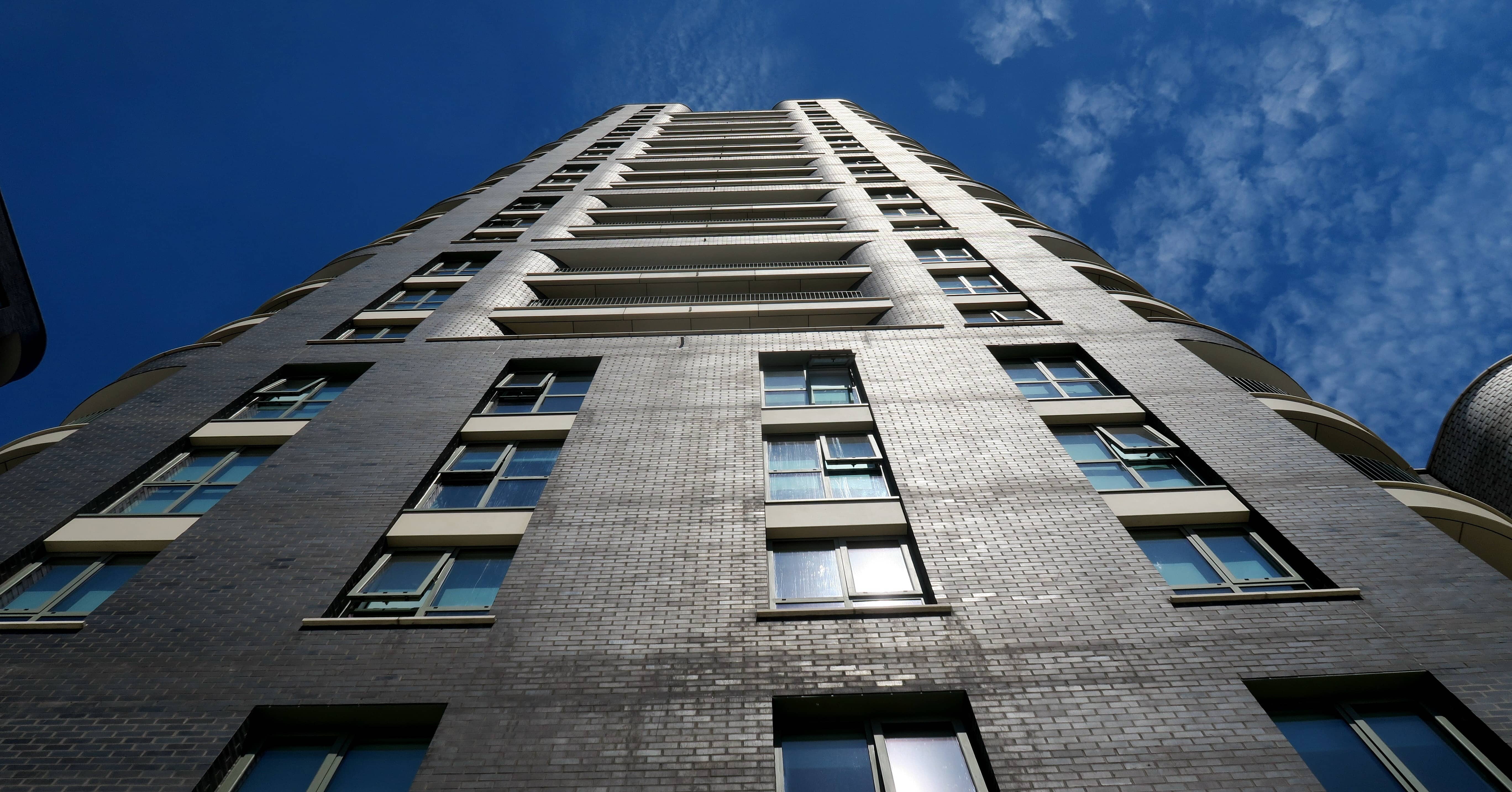The Information needed when registering a building

The Building Safety Regulator (BSR) is the government body responsible for overseeing the safety of high-rise residential buildings in England. When applying to register a high-rise residential building with the BSR, you will need to provide information about the building's structure and fire safety, also known as key building information. In this blog we will provide further details of each of the key parts of information that you will need to share with the BSR.
Who are the Building Safety Regulator?
The Health and Safety Executive (HSE) has been named as The Building Safety Regulator and this appointment is at the heart of the government’s building safety reform plans in England.
The Building Safety Regulator is now the building control authority for occupied high-rise residential buildings. They’ll work closely with local authorities, fire departments and construction bodies and are responsible for giving duty holders clear accountability and statutory responsibilities as buildings are designed, built, refurbished and occupied.
Why are the BSR introducing building registration?
The registration process is a key part of the BSR's mission to improve building safety in the UK. The process will require building owners to provide key information about their buildings, including their height, number of residential units, and construction materials. This information will help the BSR to identify buildings that are at risk of fire or other hazards, and to take steps to mitigate those risks.
The registration process is also intended to improve transparency and accountability in the building industry. By requiring building owners to register their buildings, the BSR will make it easier for residents and other stakeholders to access information about their buildings' safety and performance. This will help to ensure that building owners are held accountable for the safety of their buildings.
The key building information that you will need to provide when registering your building:
The type of structure: This information will help the BSR to understand the load-bearing capacity of your building and to assess its vulnerability to fire.
The roof: The BSR will need to know the materials that your roof is made of and how it is constructed. This information will help the BSR to assess the risk of fire spreading from the roof to other parts of the building.
The staircases: The BSR will need to know the number of staircases in your building and how they are connected. This information will help the BSR to assess the evacuation routes in the event of a fire.
The external walls: The BSR will need to know the materials that your external walls are made of and how they are constructed. This information will help the BSR to assess the risk of fire spreading from one part of the building to another.
The building use: The BSR will need to know how your building is used. This information will help the BSR to assess the fire risk in the building.
Building works since the original build: The BSR will need to know about any significant building works that have been carried out on your building since it was originally built. This information will help the BSR to assess the impact of these works on the fire safety of the building.
Connections: The BSR will need to know about any connections between your building and other buildings or structures. This information will help the BSR to assess the risk of fire spreading from one building to another.
Fire and smoke controls: The BSR will need to know about the fire and smoke controls that are installed in your building. This information will help the BSR to assess the effectiveness of these controls in the event of a fire.
Fire doors: The BSR will need to know about the fire doors that are installed in your building. This information will help the BSR to assess the effectiveness of these doors in preventing the spread of fire.
Energy supplies, storage and generation: The BSR will need to know about the energy supplies, storage and generation facilities that are located in your building. This information will help the BSR to assess the risk of fire from these facilities.
To read the full article featured on the government site then please click here
It is worth noting that at this stage, the BSR do not need to know about planned changes or improvements. They only need you to tell them about the building as it is now.
If you have any questions about the key building information that you need to provide, please contact one of our consultants today.
Sign up for fire safety updates!
You'll receive all the latest news and blogs straight to your inbox.





